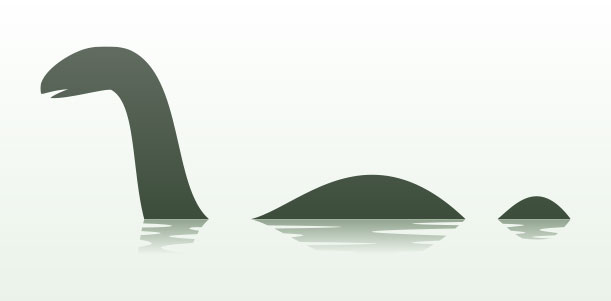BOOMbox at Home: Cryptids
November 18, 2020

Cryptids: What’s Real and What’s Not?
A cryptid is a creature whose existence hasn’t been proven by science. Animals such as mountain gorillas, komodo dragons, the manatee, okapi, and platypus were considered cryptids until about 120 years ago. People reported seeing them for centuries, but they couldn't be scientifically proven in the same way Bigfoot, the Yeti, and the Loch Ness Monster have not been proven today. Many people, like Expedition Unknown’s Josh Gates, keep looking for verifiable evidence that they exist.
So does that mean we’ll have scientific proof of the chupacabra soon? Not likely, if you ask the experts from National Geographic about the science behind Bigfoot and science hoaxes. Then again, science does tell us to keep an open mind. Legends and myths sometimes turn out to be true. If only that could be true of dragons.
Cryptozoology
Cryptozoology is the study of creatures that have been described by people but not proven using the scientific method. Cryptozoology is considered a pseudoscience, or inquiry that doesn’t follow a scientific process. Real science happens when scientists develop questions and look for ways to answer them with measurable, repeatable results. Bill Nye The Science Guy explains the difference between science and pseudoscience.
Documentary series like Finding Bigfoot try to bring more science to cryptozoology. You can bring more fun to cryptozoology by creating your own big feet to stomp around in. Watch a brief online tour of Portland, Maine’s International Museum of Cryptozoology.
Reliable Sources for Research
One of the most difficult parts of doing research is knowing the difference between reliable and unreliable sources. We’ve heard a lot about fake news in the past few years, but it’s nothing new. The internet has made it much easier to spread news--both real and fake. Fight the Fake is one way to test your radar for fake news. Common Sense Media is an organization that monitors media targeted at children. Their videos for parents and kids about how to spot fake news are available in English and Spanish. Common Sense also hosts two interactive games. Digital Passport is for students in grades 3-5 and Digital Compass is for students in grades 6-8. Canadian Broadcasting Corp. Kids News also does a good job explaining Fake News, reminding us to consider carefully what we hear, watch, and read.
Scientist of the Week
Muslim physicist Abu Ali al-Hasan Ibn al-Haytham was the first scientist who combined observations with experimentation to prove his theories about vision and optics. He is known not only as “the father of modern optics,” but also the “first true scientist” because he relied on experimental data and reproducible results. He created what we now call “the scientific method” to investigate.
Abu Ali al-Hassan Ibn al-Haytham was born in Basra, in what is now Iraq, around the year 965. This era is considered the golden age of Arab scientific discovery. He also was a devout Muslim who believed that the search for truth about the natural world brought him closer to Allah. Abu Ali al-Hassan Ibn al-Haytham said the following words more than 1,000 years ago, and they still resonate today as we investigate fake news and pseudoscience:
...The duty of the man who investigates the writings of scientists, if learning the truth is his goal, is to make himself an enemy of all that he reads, and... attack it from every side. He should also suspect himself as he performs his critical examination of it, so that he may avoid falling into either prejudice or leniency.”
Written by Pam and Eli.